
A New Kind of Wilderness: Discussion Guide
This guide is an invitation to dialogue. It is based on a belief in the power of human connection and is designed for people who want to use A New Kind of Wilderness to engage family, friends, classmates, colleagues, and communities. In contrast to initiatives that foster debates in which participants try to convince others that they are right, this document envisions conversations undertaken in a spirit of openness in which people try to understand one another and expand their thinking by sharing viewpoints and listening actively.
The discussion prompts are intentionally crafted to help a wide range of audiences think more deeply about the issues in the film. Rather than attempting to address them all, choose one or two that best meet your needs and interests. Be sure to leave time to consider taking action. Planning next steps can help people leave the room feeling energized and optimistic, even in instances when conversations have been difficult.
For more detailed event planning and facilitation tips, visit https://communitynetwork.amdoc.org/.
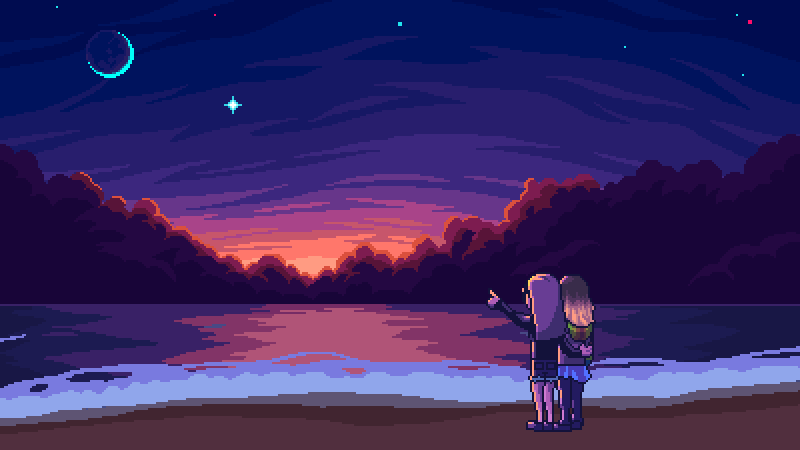
Break the Game: Delve Deeper
This list of fiction and nonfiction books, compiled by Kim Rott, librarian at Sentinel High School in Missoula, Montana, provides a range of perspectives on the issues raised by the POV documentary Break the Game.
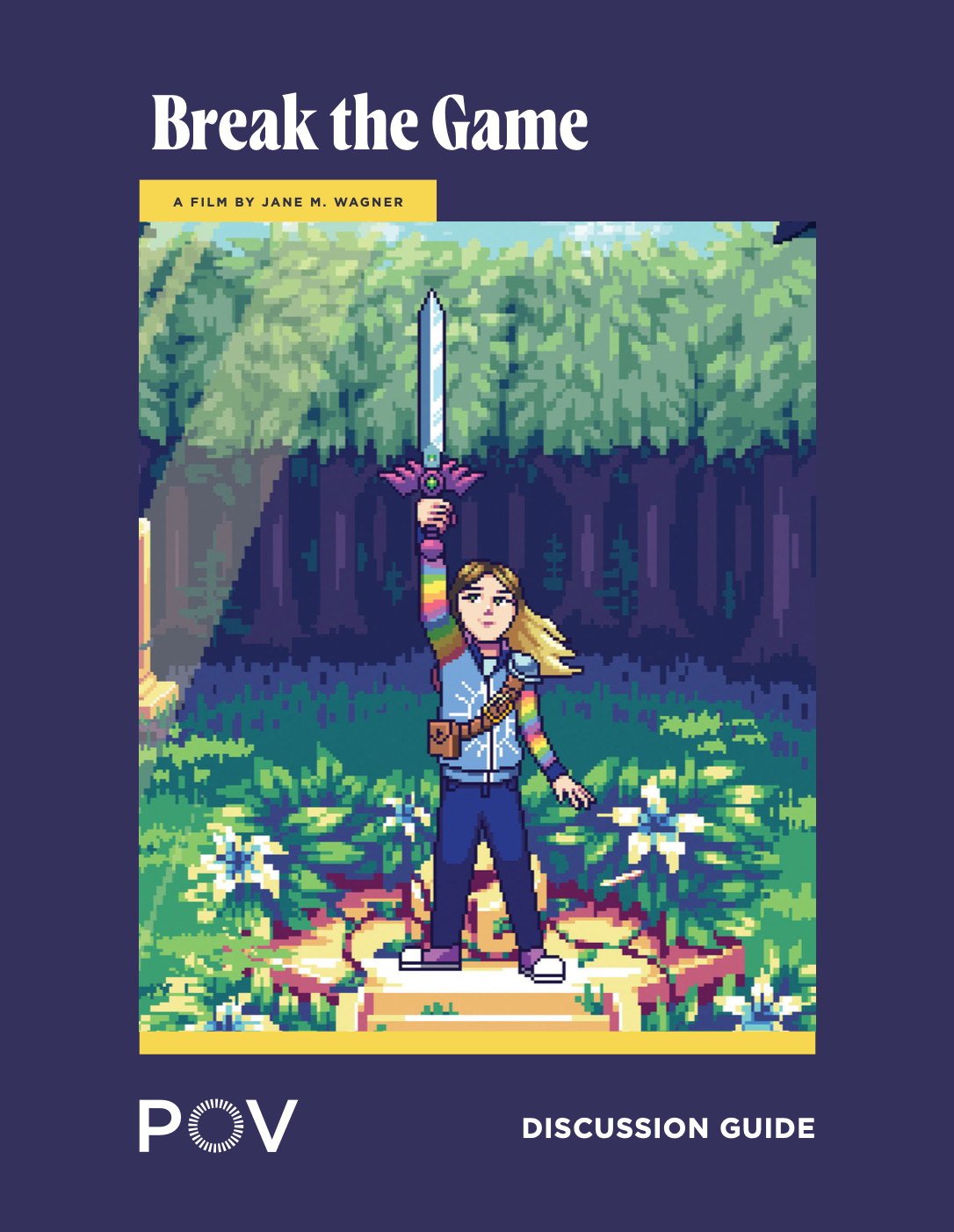
Break the Game: Discussion Guide
This guide is an invitation to dialogue. It is based on a belief in the power of human connection and designed for people who want to use Break the Game to engage family, friends, classmates, colleagues, and communities. In contrast to initiatives that foster debates in which participants try to convince others that they are right, this document envisions conversations undertaken in a spirit of openness in which people try to understand one another and expand their thinking by sharing viewpoints and listening actively.
The discussion prompts are intentionally crafted to help a wide range of audiences think more deeply about the issues in the film.Rather than attempting to address them all, choose one or two that best meet your needs and interests. And be sure to leave time to consider taking action. Planning next steps can help people leave the room feeling energized and optimistic, even in instances when conversations have been difficult.
For more detailed event planning and facilitation tips, visit https://communitynetwork.amdoc.org/.

The Ride Ahead: Discussion Guide
This guide is an invitation to dialogue and designed specifically with young people in mind. It is based on a belief in the power of human connection and is designed for people who want to use THE RIDE AHEAD to engage family, friends, classmates, colleagues, and communities. In contrast to initiatives that foster debates in which participants try to convince others that they are right, this document envisions conversations undertaken in a spirit of openness in which people try to understand one another and expand their thinking by sharing viewpoints and listening actively.
The discussion prompts are intentionally crafted to help a wide range of audiences think more deeply about the issues in the film. Rather than attempting to address them all, choose one or two that best meet your needs and interests. Be sure to leave time to consider taking action. Planning next steps can help people leave the room feeling energized and optimistic, even in instances when conversations have been difficult. For more detailed event planning and facilitation tips, visit bit.ly/
ScreenTheRideAhead.
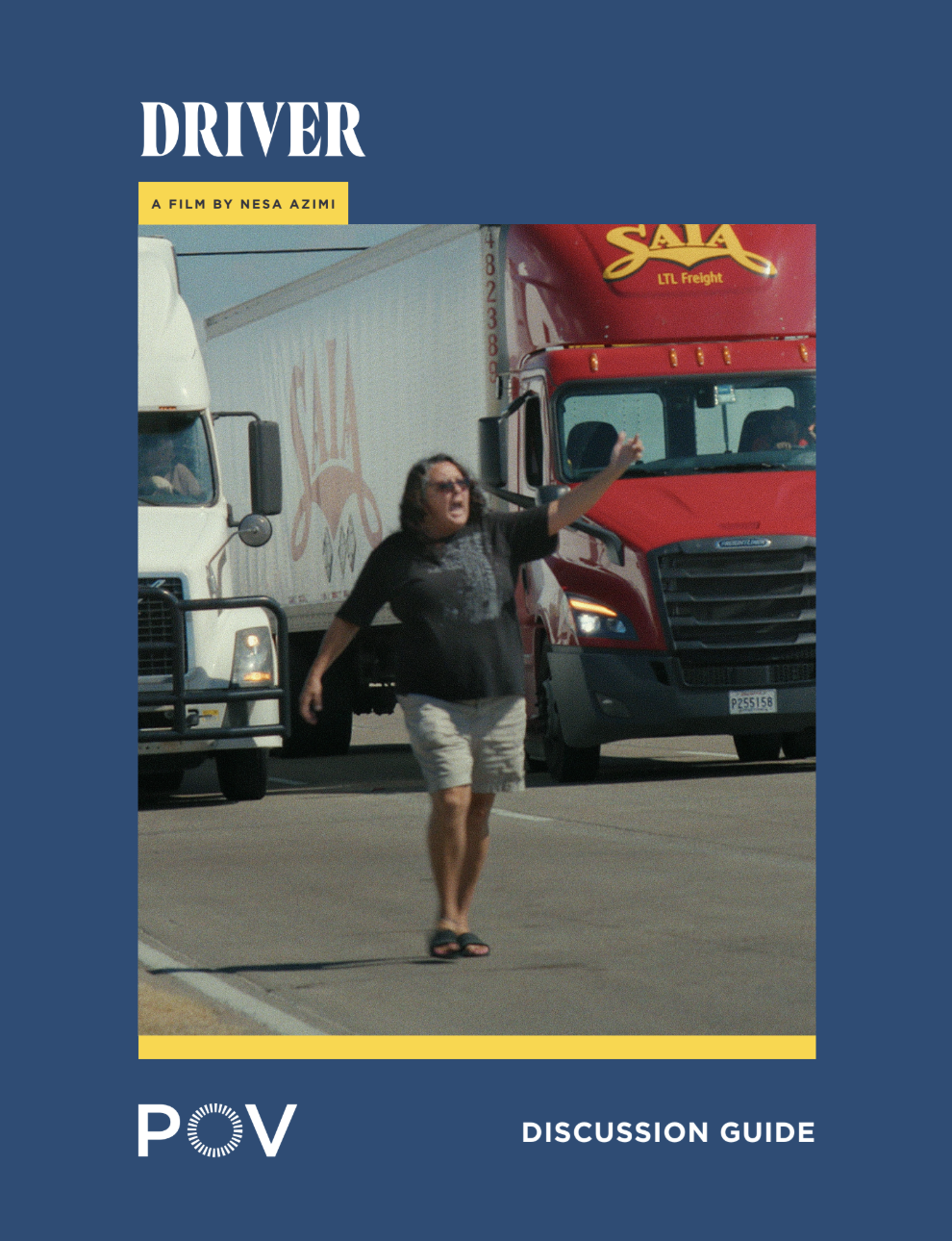
DRIVER: Discussion Guide
This guide is an invitation to dialogue. It is based on a belief in the power of human connection and is designed for people who want touse DRIVER to engage family, friends, classmates, colleagues, andcommunities. In contrast to initiatives that foster debates in which participants try to convince others that they are right, this document envisions conversations undertaken in a spirit of openness in which people try to understand one another and expand their thinking by sharing viewpoints and listening actively.
The discussion prompts are intentionally crafted to help a wide range of audiences think more deeply about the issues in the film. Rather than attempting to address them all, choose one or two that best meet your needs and interests. Be sure to leave time to consider taking action. Planning next steps can help people leave the room feeling energized and optimistic, even in instances when conversations have been difficult. For more detailed event planning and facilitation tips, visit
https:// communitynetwork.amdoc.org/.

Black Snow: Delve Deeper
This list of fiction and nonfiction books, compiled by Ann Howard, Library Branch Manager, MIS, provides a range of perspectives on the issues raised by the POV documentary Black Snow.

A New Kind of Wilderness: Delve Deeper
This list of fiction and nonfiction books, compiled by Constance Zack, of the School Library Association of Rhode Island, provides a range of perspectives on the issues raised by the POV documentary A New Kind of Wilderness.

DRIVER: Delve Deeper
This list of fiction and nonfiction books, compiled by Jennifer Gibson of the St. Louis County Library, provides a range of perspectives on the issues raised by the POV documentary Driver.
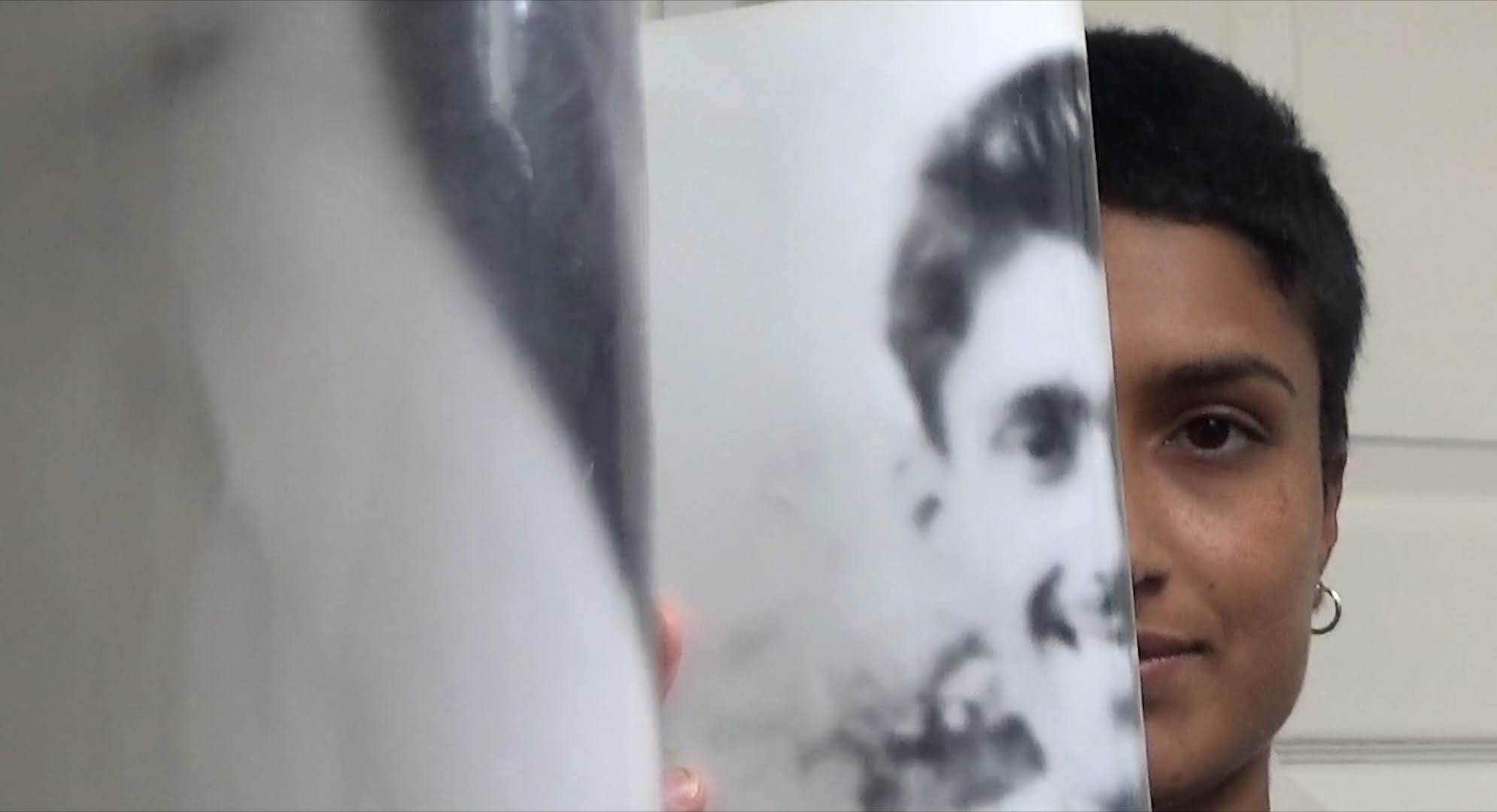
The Taste of Mango: Delve Deeper
This list of fiction and nonfiction books, compiled by Jennifer Gibson of St. Louis County Library,provides a range of perspectives on the issues raised by the POV documentary The Taste of Mango.
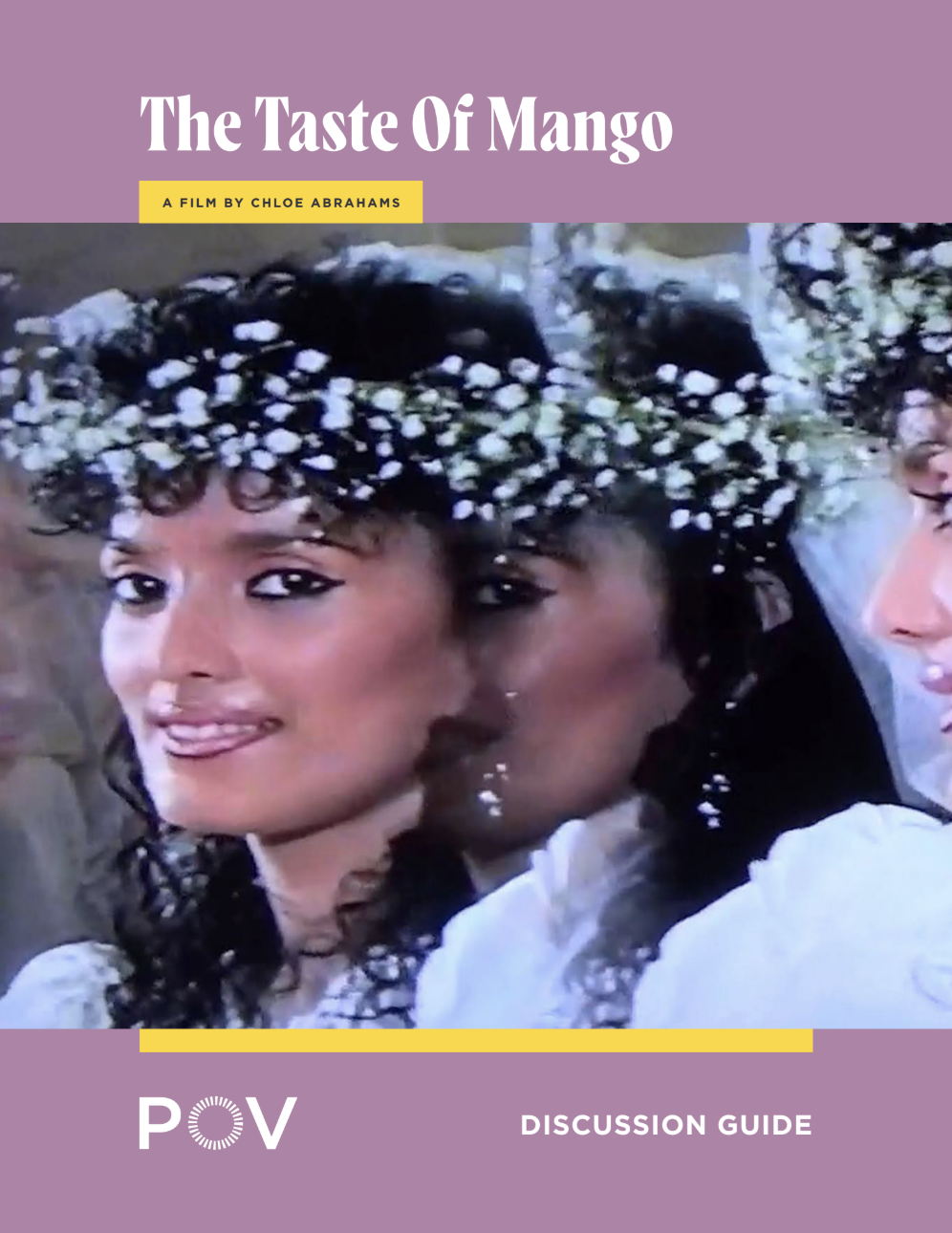
The Taste of Mango: Discussion Guide
This guide is an invitation to dialogue. It is based on a belief in the power of human connection and designed for people who want to use The Taste of Mango to engage family, friends, classmates, colleagues, and communities. In contrast to initiatives that foster debates in which participants try to convince others that they are right, this document envisions conversations undertaken in a spirit of openness in which people try to understand one another and expand their thinking by sharing viewpoints and listening actively. The discussion prompts are intentionally crafted to help a wide range of audiences think more deeply about the issues in the film. Rather than attempting to address them all, choose one or two that best meet your needs and interests. And be sure to leave time to consider taking action. Planning next steps can help people leave the room feeling energized and optimistic, even in instances when conversations have been difficult.
For more detailed event planning and facilitation tips, visit https://communitynetwork.amdoc.org/.

Maya Lin: Delve Deeper
This list of fiction and nonfiction books, compiled by Constance Zack, of the School Library Association of Rhode Island, provides a range of perspectives on the issues raised by the POV documentary Maya Lin.
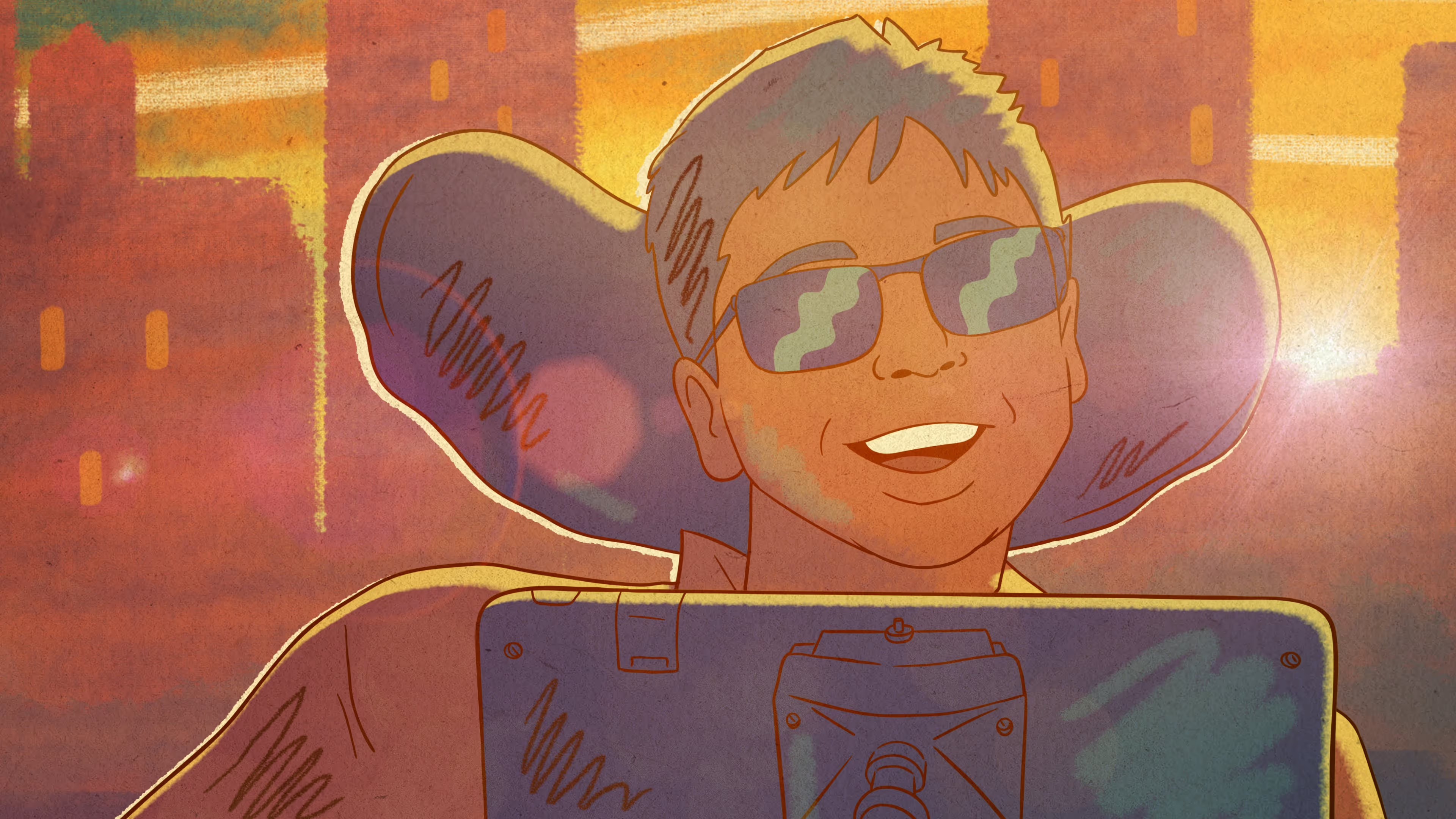
The Ride Ahead: Delve Deeper
This list of fiction and nonfiction books, compiled by Kim Rott, librarian at Sentinel High School in Missoula, Montana, provides a range of perspectives on the issues raised by the POV documentary The Ride Ahead.
